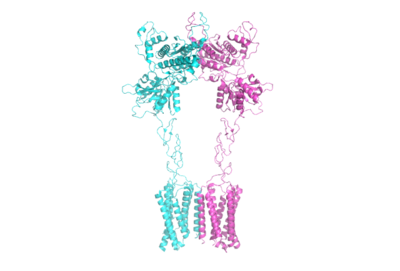
Figure 1. The coolest image of this protein EVAH!!!
Metabotropic glutamate receptor
[1]
[2]
Introduction
Within the central nervous system (CNS), various receptors exist to detect extracellular molecules and thus communicate intracellularly. Found in eukaryotes and known for its seven transmembrane helices, one type of receptor is the G-protein coupled receptor (GPCR). The metabotropic glutamate receptor (mGlu), a Class C GPCR, is an essential receptor utilized in glutamate signaling. Eight different mGlu subtypes exist which are divided into three groups (I, II, III). While each mGlu has a slightly different function and location, the structures of the different mGlu subtypes are very similar (Table1). For each group, binding of the neurotransmitter glutamate to the mGlu introduces a conformational change that can activate a G protein.
Glutamate is an acidic, polar amino acid and is the main agonist involved in this transformation. (picture) This agonist binds to the extracellular portion of the protein allowing the homodimer to change conformationally. This change allows for a signaling cascade within the cell that can ultimately lead to the modification of other proteins and a difference in the synapse’s excitability. However, in mGlu, the binding affinity of glutamate is determined by either a positive (PAM) or negative (NAM) allosteric modulator.
Relevance
Function
[1]
[2]
Structure
Chains
Domains
Conformational Changes
Clinical Relevance
Role
Disease

